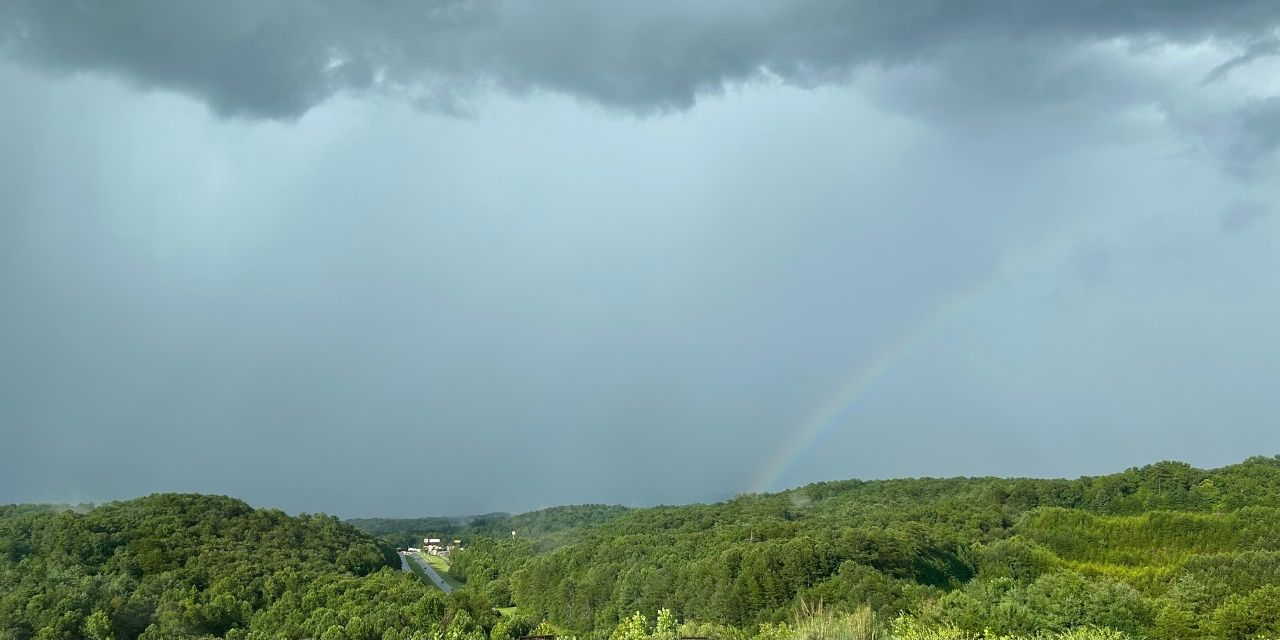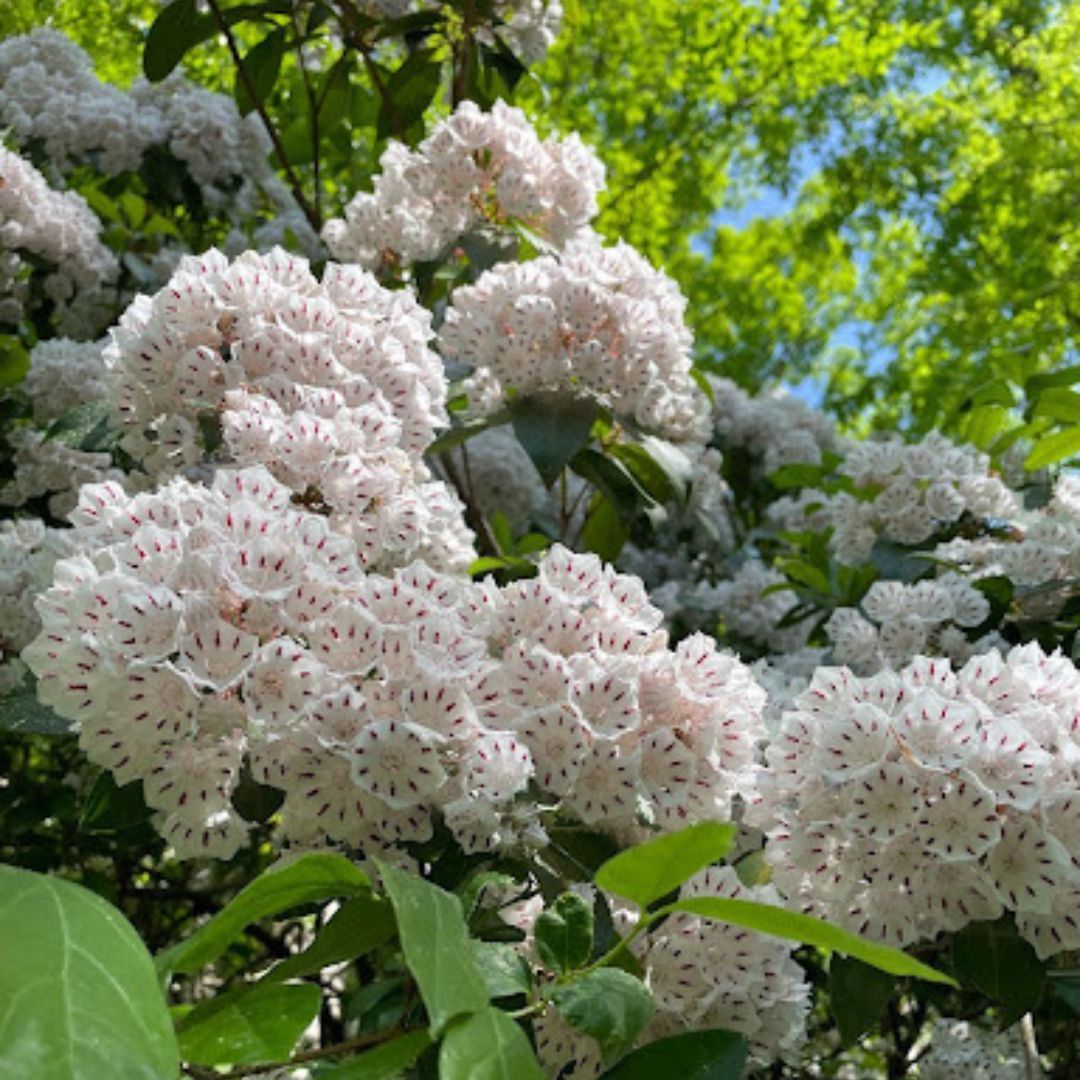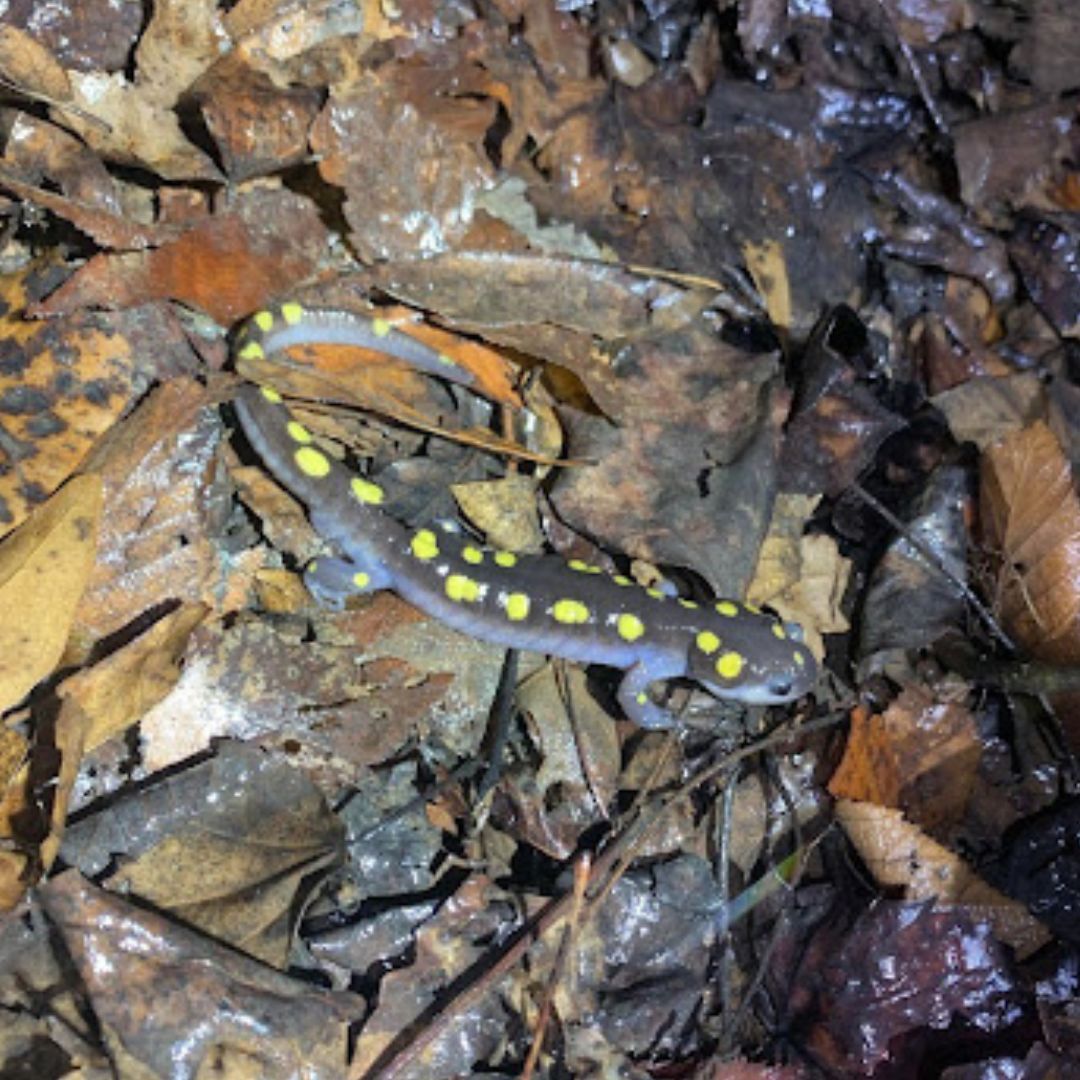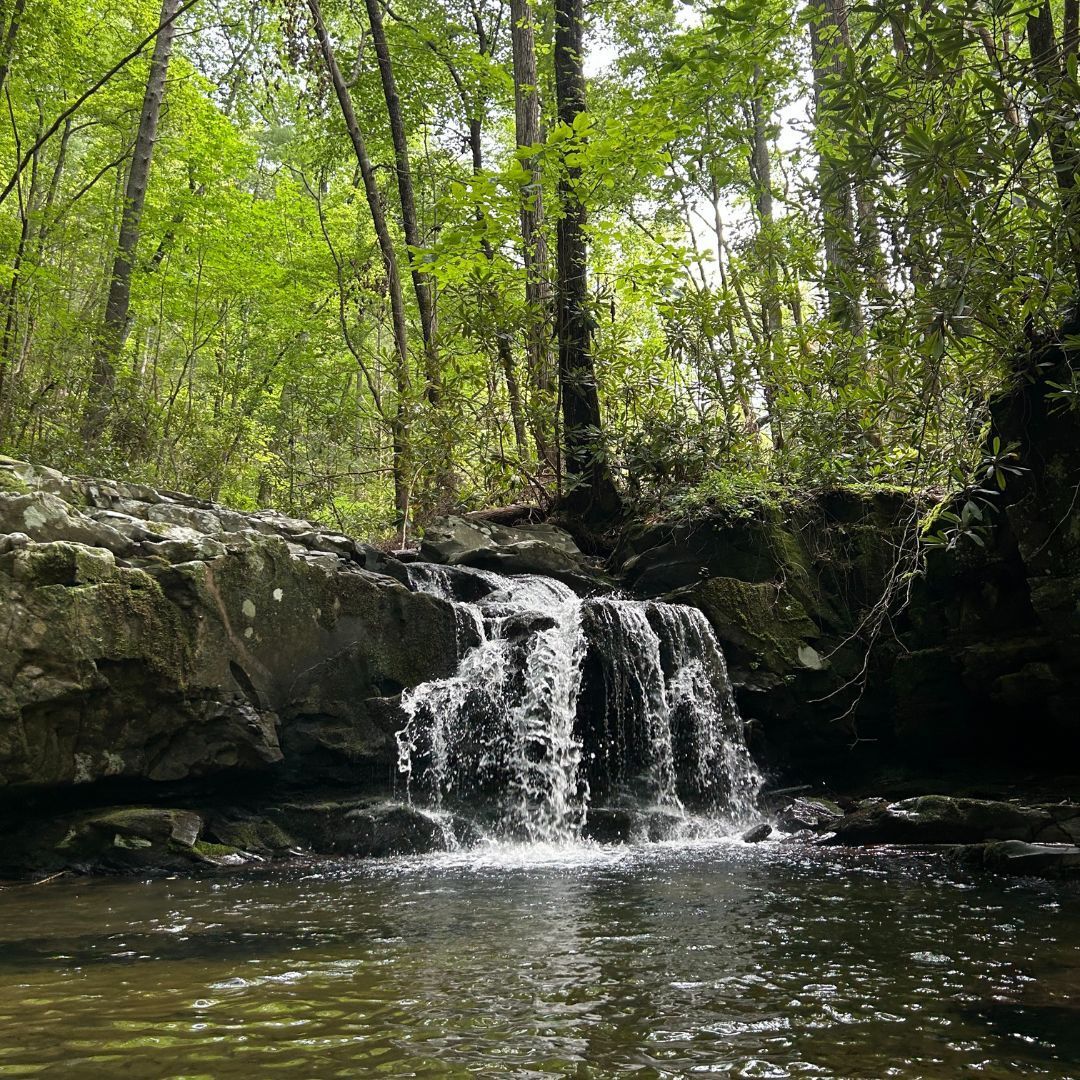National Mountain Climbing Day: North Georgia’s Stunning Peaks and Valleys

National Mountain Climbing Day takes place annually on August 1st, and what better way to celebrate than by sharing some facts about Georgia’s very own mountain ecoregions! In north Georgia, the Blue Ridge Mountains and the Ridge & Valley ecoregions are part of the larger Appalachian Mountain range. These areas are known for their mountain views, beautiful rivers and waterfalls, and diverse wildlife.
The Appalachian Mountains were formed 300-500 million years ago and run from central Alabama to Newfoundland. Brasstown Bald is the highest peak in Georgia at 4,784' above sea level. On a clear day at the top of Brasstown Bald, you can see four states– Georgia, South Carolina, North Carolina, and Tennessee– and sometimes the Atlanta skyline!
The Appalachian Mountains are the most biodiverse place in North America. The mountain range boasts 158 tree species, more than 1500 wildflowers, over 500 species of ferns and mosses, and over 400 species of animals. The southern range of the Appalachians has the highest biodiversity of salamanders in the world! There is truly something for everyone in these magical mountains.


North Georgia is a great place to get outside and appreciate nature. When exploring the mountains, make sure to stay on designated paths to prevent disturbing plants and soil, pack out your trash and other belongings, and give wildlife plenty of space. This will keep our mountains beautiful and enjoyable for the wildlife and plants who live there, as well as human visitors.
We hope you make the most of National Mountain Climbing Day this year by exploring the unique and beautiful Appalachian terrain in North Georgia.
Press & Media Inquiries
Contact Us
About Southern Conservation Trust
At Southern Conservation Trust, we are passionate about elevating nature through exceptional stewardship. Based in Georgia, our 501(c)(3) public charity has successfully conserved over 65,000 acres of land across the Southeast, including five public nature areas in Fayette County and the Fayette Environmental Education Center. We believe that protecting our natural spaces is just the beginning; everyone should have equal access to enjoy the beauty of the outdoors. Join us in our mission to foster a deeper connection between people and nature. Learn more at www.sctlandtrust.org.












